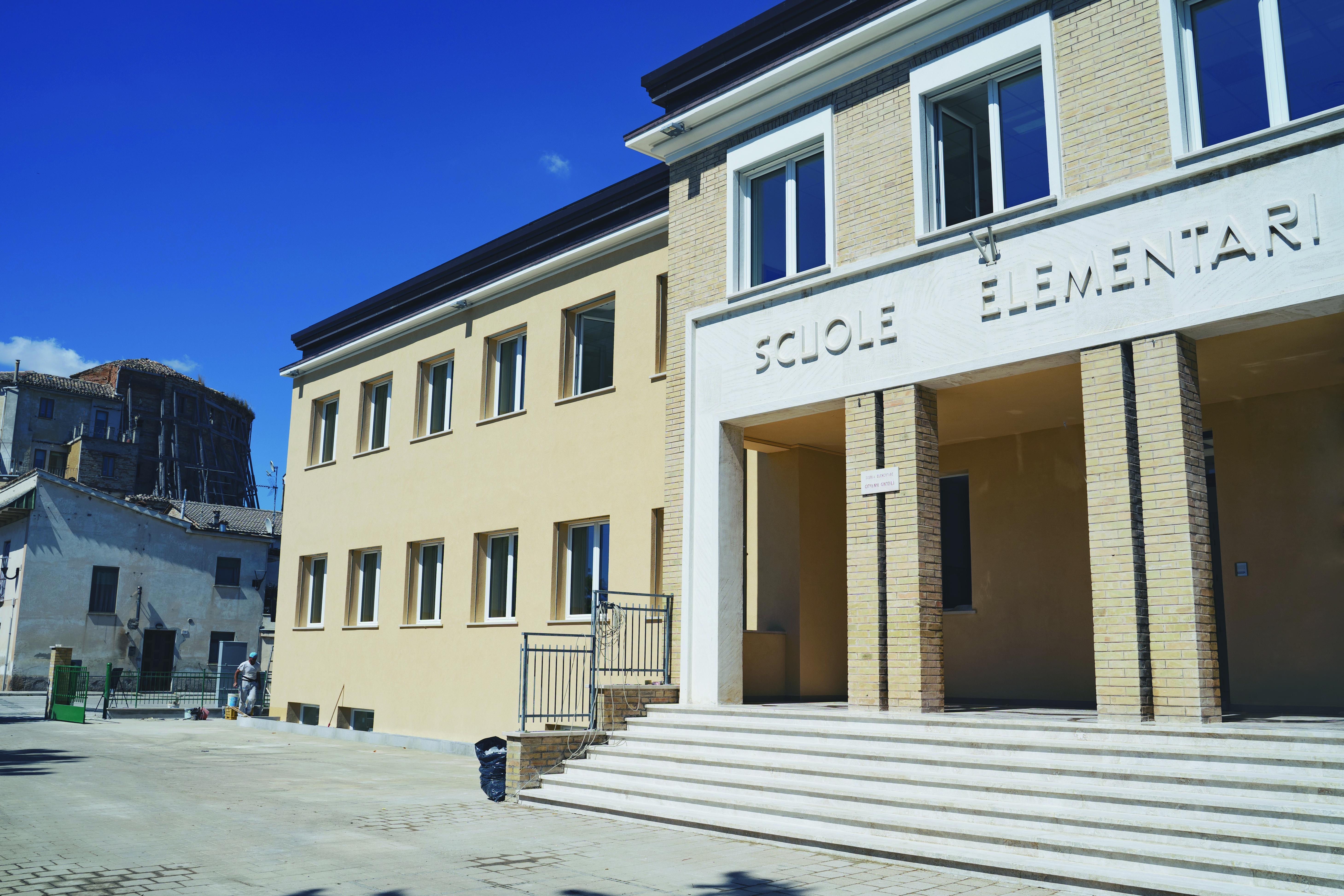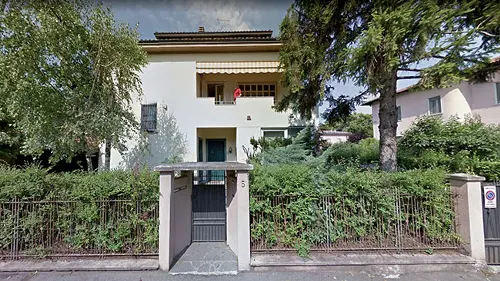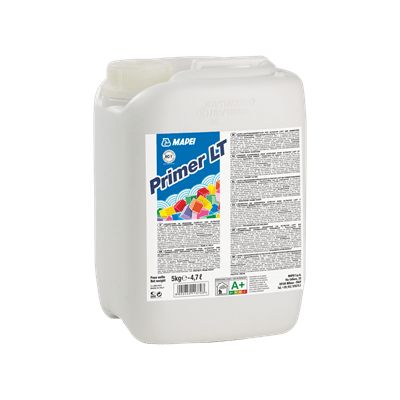
The new Planitop Intonaco Armato technology
Following the earthquake that hit the area, this primary school in Petriolo (Province of Macerata, Italy) underwent seismic and energy efficiency upgrading work.
Following the earthquake that hit the area, this primary school in Petriolo (Province of Macerata, Italy) underwent seismic and energy efficiency upgrading work.
The need to improve and upgrade the seismic capacity of our stock of school buildings is becoming more and more pressing. The best way of understanding the effect seismic activity has on structures is also, unfortunately, the powerful earthquakes that have hit our countries in recent decades which have all increased our level of attention regarding the safety of public buildings, particularly schools.
In this general framework, studying the behaviour of structures during an earthquake, evaluating their vulnerability and then designing appropriate end effective measures to improve or upgrade their seismic capacity has now become the most topical and important area of research in the field of structural engineering.
PROJECT OVERVIEW
The upgrading work on the primary school in Petriolo (Province of Macerata, Central Italy) is particularly interesting, in that it is an excellent example of how design, project execution and the selection of materials all played a combined and interrelated part in the work to restore the structural, functional, architectonic and energy aspects of the building.
Once work had been completed, the result was a building compliant with NTC (Italian Technical Construction Norms) 2018 regulations, with an energy rating in accordance with environmental sustainability criteria and with completely new classrooms, including multimedia ones.
The project, carried out in conjunction with the company chosen to design and manage the actual work, focused on restoring the structure of the existing masonry with PLANITOP INTONACO ARMATO, a two-component, ready-mixed, high-ductility, fibre-reinforced, natural hydraulic lime (NHL) and Eco-Pozzolan based mortar.
This innovative solution is steering other projects on existing buildings in the Macerata area, one of the provinces most affected by the earthquakes that hit central Italy in 2016, in a similar direction.
Mapei Technical Services had an integral role in this project: it started with a chemical analysis of the masonry in the company’s Research & Development laboratories in Milan, followed by consulting various Mapei experts during the design phase, and concluded by working alongside the teams of workers operating on site to help install and apply the product correctly.
TESTING PLANITOP INTONACO ARMATO
Preliminary surveys and testing
In order to gain sufficient knowledge and understanding of the building, a series of preliminary tests were carried out in the laboratory to characterise the mechanical and chemical properties of the materials used for the masonry.
Going into detail, the flexural and compressive strength of the bricks and the chemical/physical composition of the mortar were tested and analysed to verify their soluble salts content, spectroscopic analysis via x-ray diffraction (XRD) was carried out to ascertain the mineralogical composition and, lastly, “thermal analysis” was used to measure the type and amount of hydrated compounds present.
The load-bearing structure of the building is comparable to that of 3-header, 40 cm thick, solid brick masonry with lime-based mortar.
On-site testing
In order to estimate the shear strength and tangential modulus of elasticity of the masonry before and after the intervention, two diagonal compression tests were carried out on-site on the load-bearing masonry.
The test, carried out in accordance with ASTM E519-10 “Standard Test Method for Diagonal Tension (Shear) in Masonry Assemblages”, consisted of isolating the masonry panel of one of the walls of the building and exerting a compressive force along its diagonal to provoke crack patterns that would lead to failure.
The diagonal load exerted during the test closely simulated the stresses the element would be subjected to in the event of an earthquake. In fact, the induced stress is the sum of the vertical stress (due to its own weight and the loads acting on the element) and the horizontal stress (seismic load). The standard sample for this type of testing is a 120 cm by 120 cm square panel with the same thickness as the wall façade. The panel is isolated from the wall by making four cuts, affecting the portion of masonry to be tested as little as possible.
The first test was carried out on the masonry in its actual condition. The second test was carried out on a wall bay strengthened on both faces with a 10 mm thick layer of PLANITOP INTONACO ARMATO, with no strengthening mesh and no ties or connections to the substrate.
Once the masonry panel had been isolated, instruments were attached to the masonry and the diagonal compression tests were carried out.
The masonry panel was monitored during testing by placing four deformeters on the masonry (two on each side along the diagonals and one on each face) to measure any deformation in the panel down to a thousandth of a millimetre.
The load exerted by the hydraulic jack used for the tests was monitored with a digital manometer on the pump.
The tests were then carried out by recording load and deformation until the masonry failed.
Analysis of the results
The behaviour of the panel with no strengthening applied showed typically slipping phenomena in mortar joints at the brick/mortar interface.
Placing strengthening material on both faces had a significant effect on the failure mode of the panel, with shear failure characterised by widespread cracking along the axis of the compression load, with small to medium cracks in both the mortar joints and the masonry blocks.
As illustrated in the graph, strengthening the panel by applying PLANITOP INTONACO ARMATO on both faces considerably increased the shear strength and resistance to deformation of the masonry, resulting in an increased capacity to dissipate energy. These characteristics make this product particularly suitable for strengthening the structures of buildings in areas at high risk of seismic activity.
Furthermore, the value of the strength amplification coefficient obtained experimentally is even higher than the value prescribed by the Italian authorities for the application of reinforced plaster on the same type of masonry.
WORK PHASES
Before applying the strengthening system, the old render was removed from the areas where the system was to be applied to expose the underlying masonry.
To ensure the system adhered firmly to the masonry, the substrate was thoroughly cleaned so that it was sound and had no crumbling areas or traces of dust, oil or old paint.
Any efflorescence or soluble salts on the surface of the masonry was removed by hydro-blasting and, because the surface of the masonry was particularly absorbent, it was treated with PRIMER 3296, diluted 1:1 with water, which is used to consolidate and improve the characteristics of the surface of weak or dusty substrates. Once it had been mixed, two layers of PLANITOP INTONACO ARMATO strengthening mortar were applied with a rendering machine to form a final layer with a total thickness of around 1-1.5 cm.
Compared with conventional masonry strengthening systems currently available on the market, this innovative technology has the following advantages:
• no mesh needs to be applied thanks to the micro-reinforcement provided by the structural fibres contained in the product;
• no connectors are required thanks to the product’s excellent adhesion to substrates;
• chemical stability is guaranteed by the polymer fibres in the product so there is no corrosion phenomenon.
After applying the strengthening layer to the thickness specified, work was completed by skimming and painting the surface.
Lastly, because of the low thickness of PLANITOP INTONACO ARMATO, apart from having a negligible effect on the total volume in terms of additional mass (weight of product ≈ 28 kg/m2 compared with at least 65kg/m2), the available surface area in the classrooms and corridors remained unchanged.
An intervention in the name of sustainability
Within the scope of the design work that had to take the subject of environmental sustainability into consideration, when choosing the strengthening system it was also necessary to opt for eco-sustainable solutions. And the use of PLANITOP INTONACO ARMATO integrates perfectly with this objective, in that it contains at least 30% of recycled materials and, starting from the site phase, has less impact on the environment.
Stefano Geminiani. Assistenza Tecnica Edilizia, Mapei SpA
























